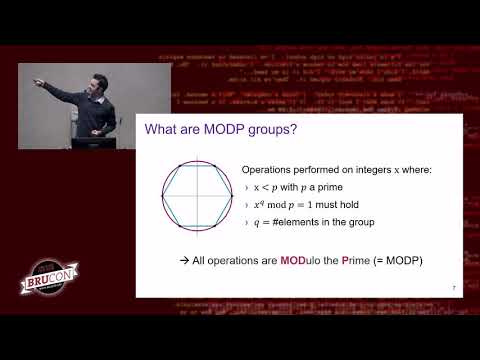Description:
Explore the vulnerabilities in WPA3's Dragonfly handshake and their practical implications in this comprehensive conference talk. Delve into the discovered attacks, including password partitioning attacks that exploit timing and cache-based side-channel leaks. Understand the efficiency and low cost of these attacks, with examples of brute-forcing 8-character lowercase passwords using Amazon EC2 instances. Examine backwards-compatible countermeasures and discuss why WPA3 may not meet modern security protocol standards, especially on devices with lightweight processors. Learn about the Dragonfly handshake, mod P groups, elliptic curves, and WPA3 hashing. Investigate invalid curve attacks, denial of service, and downgrade attacks. Evaluate the effectiveness of proposed solutions, WiFi standard updates, and the removal of timing leaks. Gain insights into the future of WPA3 and draw conclusions about its security implications for Wi-Fi networks.

Weaknesses in WPA3's Dragonfly Handshake
Add to list
#Conference Talks
#BruCON
#Information Security (InfoSec)
#Network Security
#Cybersecurity
#Side Channel Attacks
#Wi-Fi Security